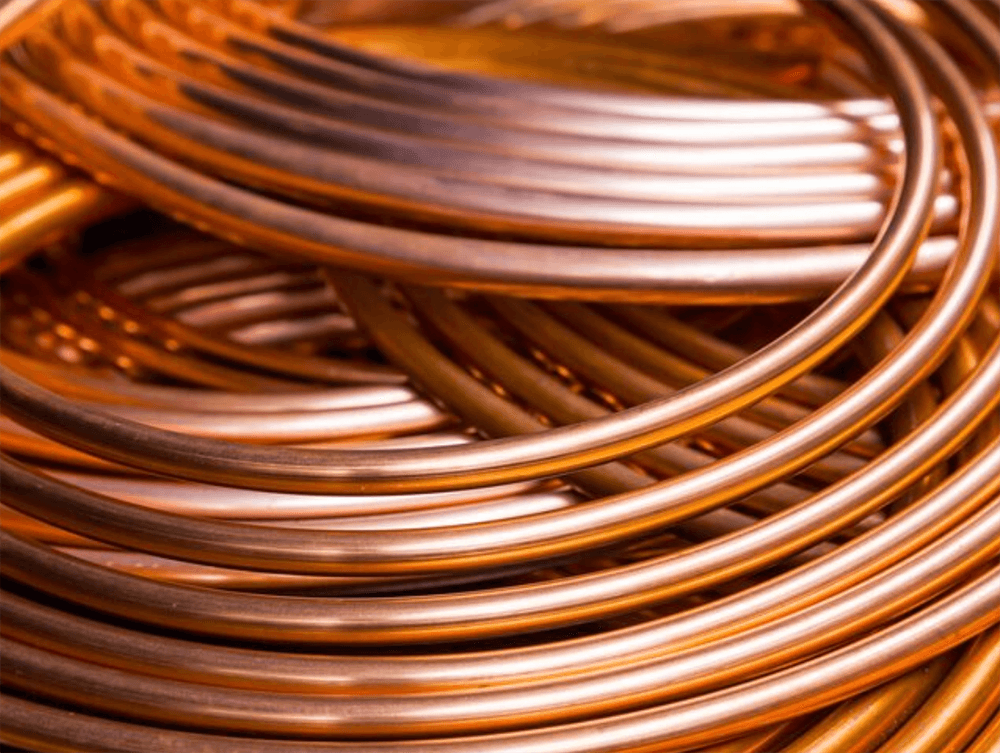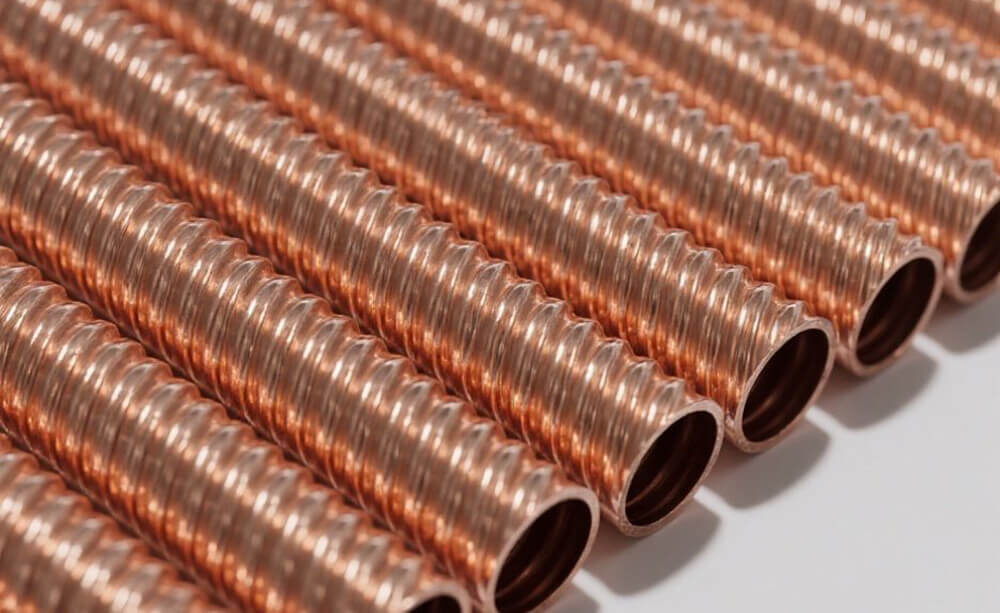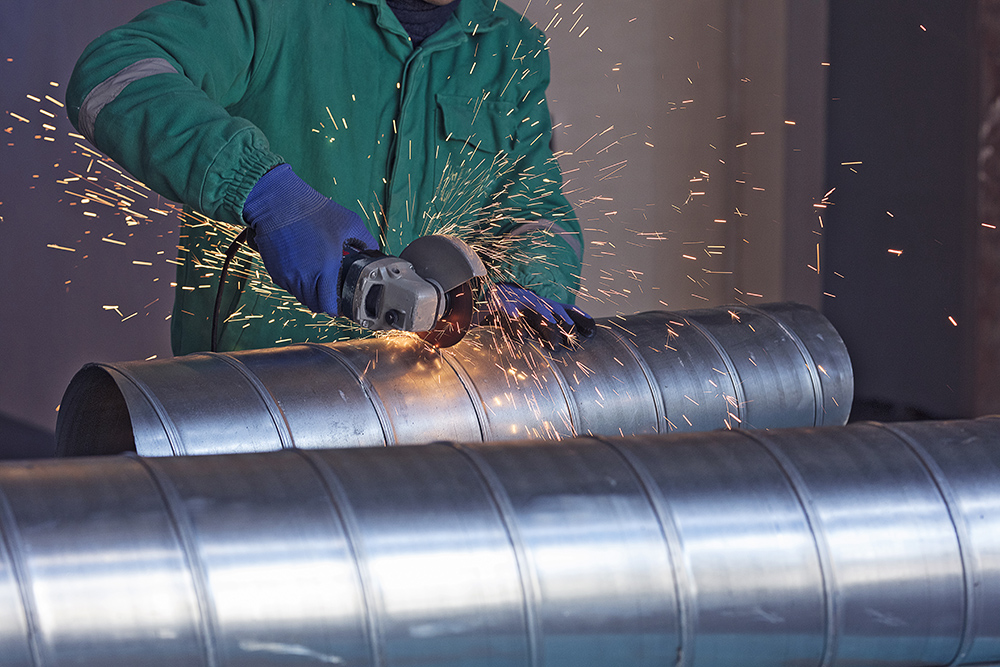Finned copper tubes are highly effective heat transfer surfaces, and their application in systems utilizing steam, both for drying and heating, is very common due to copper’s excellent thermal conductivity and corrosion resistance.
Let’s explore the applications of steam drying and steam heating in finned copper tubes:
Application of Steam Drying in Finned Copper Tubes
In steam drying applications, finned copper tubes primarily function as heat exchangers that transfer heat from the steam (inside the tubes) to the material being dried (often air or another gas circulating over the fins). The hot air then carries away moisture from the product.
Key Roles and Benefits:
- Efficient Heat Transfer to Air/Gas: Steam, being a high-enthalpy fluid, transfers a large amount of latent heat when it condenses inside the copper tubes. The fins significantly increase the surface area exposed to the air or gas being heated, maximizing heat transfer.
- Uniform Heating: The design of finned coils helps distribute heat evenly across the airflow, which is crucial for consistent drying.
- Compact Design: The enhanced surface area provided by fins allows for a smaller heat exchanger footprint compared to bare tubes for the same heat duty, which is beneficial in space-constrained drying equipment.
- Corrosion Resistance: Copper’s natural resistance to corrosion is important, especially if the air being heated contains some moisture or mild corrosive elements.
- Applications:
- Industrial Dryers: Used in various industries for drying products like textiles, paper, wood, grains, chemicals, food products, and pharmaceuticals. The hot air heated by the finned copper tube coils is circulated through the drying chamber.
- Kilns: For drying lumber or other materials where precise temperature control and efficient heat delivery are needed.
- Air Pre-heaters: In some industrial processes, air needs to be pre-heated before entering a combustion chamber or another process, and steam-heated finned coils are used for this.
- Dehumidification Systems: While primarily used for heating, finned tubes can also be part of systems that heat air to reduce its relative humidity, aiding in drying.
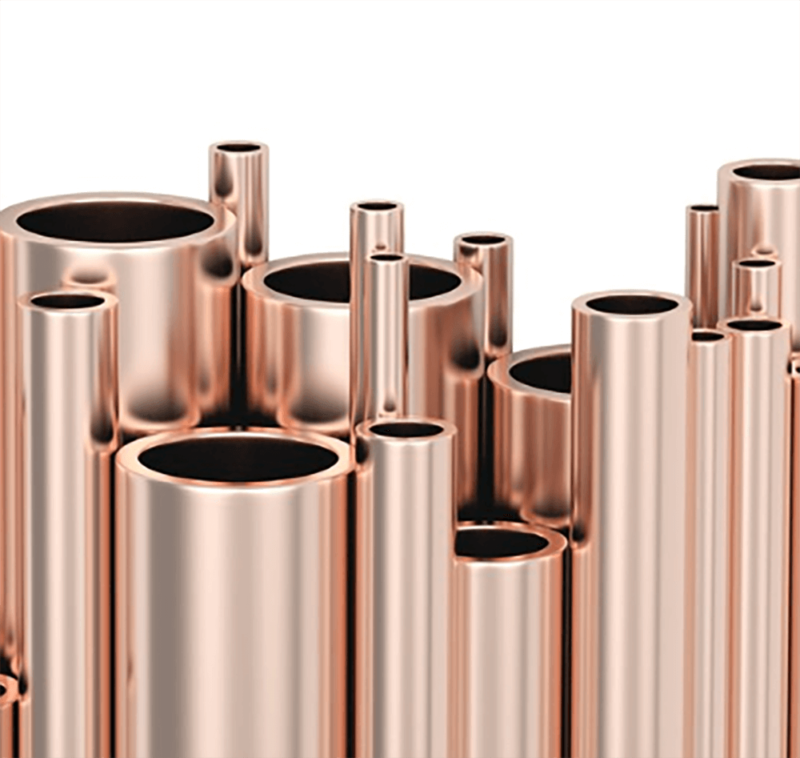
Application of Steam Heating in Finned Copper Tubes
Finned copper tubes are exceptionally well-suited for steam heating applications due to copper’s excellent thermal conductivity and the extended surface area provided by the fins. In these systems, steam flows inside the copper tubes, and its latent heat of condensation is transferred through the tube walls and fins to a cooler fluid (most commonly air, but sometimes water or other liquids) flowing over the external finned surface.
Here’s a detailed look at the applications and advantages of steam heating using finned copper tubes:
Primary Function in Steam Heating
The core function is to efficiently transfer a large amount of thermal energy from condensing steam to another fluid. When steam condenses, it releases a significant amount of latent heat at a constant temperature (for a given pressure), making it a very effective and controllable heat source. The fins dramatically increase the external surface area, enhancing the convective heat transfer to the fluid outside the tubes.
Key Advantages of Finned Copper Tubes for Steam Heating
-
High Heat Transfer Efficiency:
- Copper’s Superior Conductivity: Copper is one of the best thermal conductors among common engineering metals, allowing heat to rapidly transfer from the steam to the tube wall.
- Extended Surface Area (Fins): The fins amplify the heat transfer surface exposed to the external fluid (like air), which typically has a lower heat transfer coefficient than condensing steam. This significantly boosts the overall heat transfer rate.
- Latent Heat Utilization: Steam condensation is a highly efficient heat transfer mechanism, releasing a large amount of energy.
-
Excellent Temperature Control:
- Steam condenses at a specific, constant temperature for a given pressure. This inherent property of steam allows for precise and stable temperature control of the heated fluid. By adjusting the steam pressure, the condensation temperature, and thus the heat output, can be controlled.
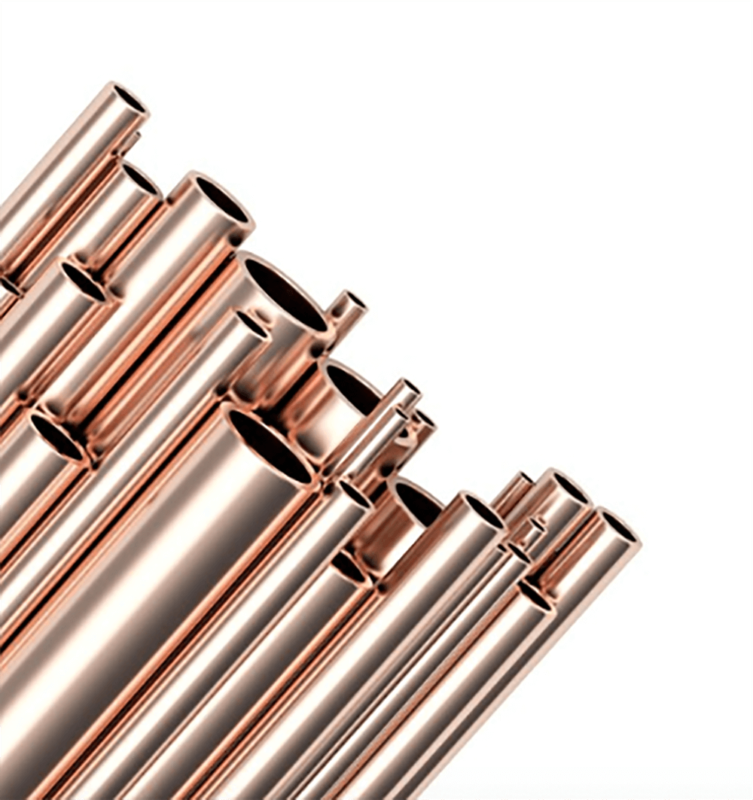
-
Durability and Corrosion Resistance:
- Copper exhibits good resistance to corrosion from clean steam and many common external environments. This contributes to a long service life for the heat exchanger.
- The robust connection between fins and tubes (especially for integral or high-frequency welded fins) ensures mechanical stability and consistent thermal performance over time.
-
Compact Design:
- The high heat transfer efficiency achieved through fins means a smaller physical unit can accomplish the same heating duty as a much larger bare-tube coil. This is crucial where space is limited.
-
Clean Heat Source:
- Steam heating often involves a closed loop where the condensed steam (condensate) can be returned to the boiler. This makes it a clean heating method without direct combustion byproducts at the point of use.
Specific Applications of Steam Heating in Finned Copper Tubes
-
HVAC Systems (Heating, Ventilation, and Air Conditioning):
- Air Handling Units (AHUs): Finned copper coils are fundamental components in AHUs, where steam flows through the tubes to heat incoming fresh air or recirculated air, which is then distributed throughout commercial, institutional, and industrial buildings for space heating.
- Duct Heaters: Used as supplementary or primary heaters within air ducts to boost air temperature.
- Unit Heaters: Commonly found in large warehouses, factories, and garages, these self-contained units use a steam-heated finned coil and a fan to quickly warm a large space.
- Pre-heating Coils: Used to pre-heat outdoor air before it enters other HVAC equipment or a building, especially in cold climates.
-
Industrial Process Heating:
- Air Heating for Drying: In various industrial dryers (e.g., for textiles, paper, lumber, food products, chemicals, grains), finned copper tube coils heat the air that carries away moisture from the product.
- Pre-heating Industrial Fluids: Steam-heated finned coils can be used to pre-heat gases or liquids before they enter reactors, furnaces, or other processing equipment, improving efficiency.
- Comfort Heating in Industrial Facilities: Providing comfortable working temperatures in large industrial spaces.
-
Agriculture:
- Greenhouse Heating: Finned copper tube systems can efficiently heat greenhouses, creating optimal growing conditions for plants.
-
Specialized Applications:
- De-icing Coils: In some extreme cold applications, steam-heated finned coils can be used to prevent ice buildup on critical equipment.
- Waste Heat Recovery: While typically transferring heat from steam, in some configurations, finned copper tubes might be part of systems that recover waste heat to generate low-pressure steam, which is then used for heating purposes.
In essence, whenever a reliable, efficient, and controllable source of heat is needed to warm air or other fluids using steam, finned copper tubes are a top choice, capitalizing on their superior thermal performance and robust construction
Steam heating with finned copper tubes is a widely used method for providing comfortable indoor temperatures, process heating, and other industrial heating needs. Here, the steam flows through the tubes, and the heat is transferred to a cooler fluid (often air or water) passing over the fins.
- Space Heating (HVAC):
- Steam Heating Coils: Finned copper tube coils are fundamental components in air handling units (AHUs) and duct heaters. Steam flows through the tubes, heating the air that is then distributed throughout buildings for space heating.
- Unit Heaters: Often seen in large commercial or industrial spaces, these units use steam-heated finned coils with a fan to blow warm air into the area.
- Process Heating:
- Industrial Heat Exchangers: Used to heat various process fluids (liquids or gases) in industries like chemical processing, food and beverage, oil and gas, and pharmaceutical manufacturing. Steam provides a clean and controllable heat source.
- Boilers/Economizers: While finned copper tubes are typically used to transfer heat from steam, in some specialized boiler designs or economizers, they might be used to pre-heat water using waste heat, or in some cases, to generate steam itself, though steel is more common for high-pressure steam generation sections.
- High Efficiency: The combination of copper’s high thermal conductivity and the extended surface area of the fins ensures very efficient heat transfer from the condensing steam.
- Temperature Control: Steam heating offers relatively precise and stable temperature control due to the constant temperature of condensing steam at a given pressure.
- Durability and Reliability: Copper finned tubes are robust and can withstand the temperatures and pressures associated with steam systems, offering a long service life.



